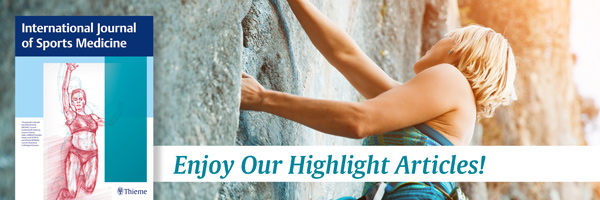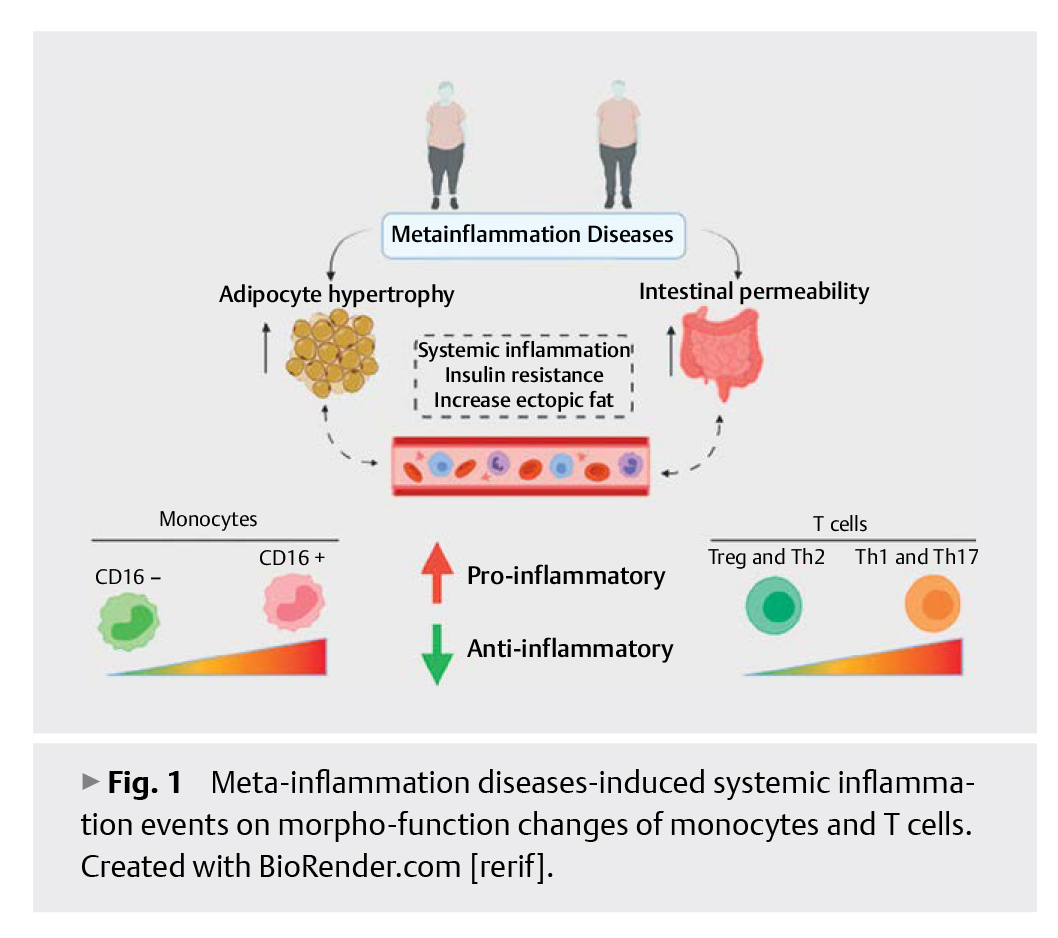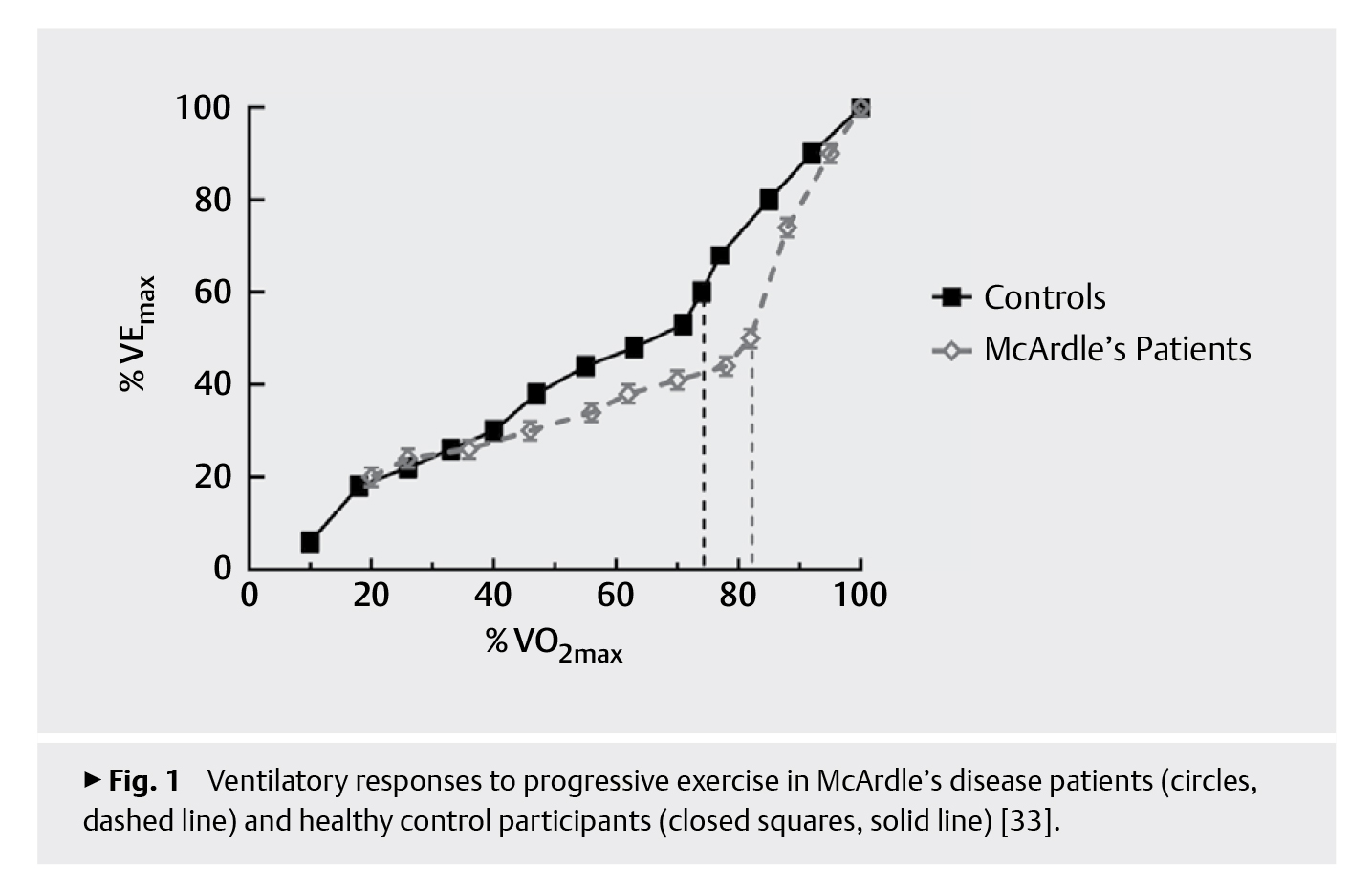

Issue 04 · Volume 43 · April 2022
Review
Type and Intensity as Key Variable of Exercise in Metainflammation Diseases: A Review
Figueiredo C et al.

Monocyte and lymphocyte subpopulations exhibit functions that vary between the anti- and pro-inflammatory spectrum, such as classic CD16- and non-classical CD16+monocytes, as well as T helper 2 lymphocytes (Th2), the Th1/Th17 lymphocytes ratio, and T regulatory lymphocytes (Treg). Metabolic disease-associated inflammation is accompanied by an imbalance in monocyte and lymphocyte phenotypes and functionality, as well as a stronger proportion of inflammatory subpopulations. These changes appear to be important for the development and progression of diseases like diabetes and cardiovascular disease. On the other hand, the regular practice of physical exercise is an important tool to restore the functionality of monocytes and lymphocytes, and to balance the subtypes ratio. However, key variables regarding exercise prescription, such as the type of exercise, intensity, and volume differentially impact on the acute and chronic immune response in individuals diagnosed with meta-inflammation diseases. Here, the authors discuss the impact of different physical exercise protocols, acutely and chronically, on monocytes and lymphocytes of individuals with metabolic disease-associated inflammation. In this review, they focus on the best effects of different exercise protocols to dose the “exercise pill” in different inflammatory status.
Discourse
A Personal Biography of a Physiological Misnomer: The Anaerobic Threshold
Hagberg J.

In 1973 Wasserman, Whipp, Koyal, and Beaver published a groundbreaking study titled “Anaerobic threshold and respiratory gas analysis during exercise”. At that time, respiratory gas analysis and laboratory computers had evolved such that more advanced respiratory exercise physiology studies were possible. The initial publications from this group on the onset of anaerobic metabolism in cardiac patients, the first breath-by-breath VO2 system, the first description of the anaerobic threshold, and then later new methods to detect the anaerobic threshold have been and continue to be highly cited. In fact, their 1973 anaerobic threshold paper is the sixth and their 1986 paper is the second most cited paper ever published in the Journal of Applied Physiology. The anaerobic threshold concept has also generated>5500 publications with the rates increasing over time. The publication of two papers that help to refute the “anaerobic” explanation for this phenomenon had no effect on the rates of citations of the original anaerobic threshold papers or the number of anaerobic threshold papers published since. Thus, despite now substantial evidence refuting the proposed anaerobic mechanisms underlying this phenomenon, these papers continue to be highly influential in the discipline of exercise physiology and, perhaps even more explicitly, clinical exercise physiology.
